Happy Friday, folks!
The observant among you may have noticed that there was no FAQ Friday last week. Sorry about that. Unexpected life admin got in the way of writing and scheduling posts, but failing to stick to my self-imposed schedule after only two weeks of being on Substack feels a bit embarrassing! Still, lesson learned. I’ll be more organised from now on. Possibly.
(I did, however, manage to post a Nosy Newsletter last Friday, in which I discuss my author earnings, among other things. Do check it out if you haven’t already.)
Today’s FAQ is the question that I’m asked most often: Where do you get your ideas from?
I’m sure every author is used to being asked this question, and many probably have a stock response they can provide automatically. I suppose I do too, but I’m a bit embarrassed by my honest answer, which is: I don’t really know.
Except, really, I do know – it’s just that I’m yet to discover or develop a perfect, infallible formula for generating ideas. And, truthfully, for that, I’m ceaselessly furious at myself.
Logically, I know that ideas are everywhere. The problem is that it’s often bloody hard work to find them – especially original ideas. Perhaps a truly original story doesn’t even exist: I frequently feel that every story worth telling has already been told, in many different ways, by many different people. So perhaps all that’s left to find that’s genuinely original is an angle on a story, or way to tell it, rather than the core of the story itself.
In the last FAQ Friday, I wrote about how I manage and what I do when I lack inspiration, and touched upon how frequently that’s the case. The truth is, I find coming up with new ideas one of the hardest bits about being an author – along with the financial uncertainty, the lack of control over the direction of one’s career, and the publisher silences and endless waiting, of course. (My god, the waiting!)
Still, although I’m yet to develop that magic formula for instantly generating ingenious ideas, I do have a process of sorts, in the sense that I turn to the same reliable sources of inspiration.
Interestingly, when I ask young children where they think ideas come from, or where they get their ideas, they almost invariably respond with the same answer: “My brain”. Which, technically, is correct, I suppose. I can’t speak for everyone, but, personally, I’d find it very difficult to come up with ideas without a brain.
My answer to their answer is to say, “But what if your brain is empty? How would you get an idea into your brain in the first place?”
Sometimes, this stumps them. But often, after a bit of thought, they’ll suggest at least some of the same sources that I rely upon…
BOOKS
During my school visits, I mention that I read, and LOVE reading, approximately seven trillion times. As many children already understand, reading lots is the BEST way to stretch one’s imagination, to learn about good writing and how and why the best stories work, and to become – almost as if by osmosis – a better writer.
Turning to other picture books – from either my own collection, or a library’s – is my go-to technique for generating new ideas. I’m always amazed at the effect on my brain of simply immersing myself in the world of picture books, and at how often reading a story will almost immediately plant an idea for another one in my mind.
Sometimes it’s the story’s theme or concept that sparks inspiration. Sometimes it’s particularly clever use of the page turn or design. Sometimes it’s a specific sentence, or question, or piece of dialogue.
I can’t remember the specific source of inspiration for all of my books, but I can for some. For example, the idea for Wanna See a Penguin? popped into my mind whilst reading It Wasn’t Me by Oliver Jeffers, in which one of The Hueys, after a moment of silence, asks the others, “Want to see a dead fly?” – which, I’m sure you’ll agree, is one of the best questions in a picture book ever.
So, if you’re the creator of a picture book that I’ve read, you may well have inspired one that I’ve written. Thank you very much!
IMAGES
I rarely use images as an idea-generating prompt. I’m not sure why, because they can be really useful – a great starting point for dreaming up characters, in particular. When, flicking through a newspaper one day, I found this image…
…I immediately thought, Brilliant! I can do something with this.
Much to their delight, I show children this chimpanzee during school visits – well, the image of this chimpanzee, NOT the chimpanzee itself (though there’s an idea…). Next, I ask them to think about how it might be feeling, and why it might be feeling that way – what’s happened?
Then I get them to share their answers, before explaining that when I saw this photo, I did exactly what they just have: I asked lots of questions, and tried to answer them – and that doing so normally leads to at least the start of a story.
And I practise what I preach: having used this photo as a starting point, I wrote a story I called Chimpanfrenzy:
Possibly not the best title. And possibly not the best story: it went out widely on submission in early 2018 (I think), but never got acquired.
Publisher feedback (which I’ve paraphrased) included:
‘we would have liked it to have a slightly more serious message under the surface – more of a moral, I suppose’
‘we have a title already underway that is too similar in terms of themes’
‘despite the visual potential, the character and premise don’t offer quite the magic we’re after’
‘this didn’t quite hit the spot overall, despite the perfect scansion and appealing voice. It’s also very similar to a book we published several years ago – it’s too much of a clash’
‘I struggled to connect with the main character. Grumpy characters are great, but often they need to be offset with humour.’
‘I’m not sure the sales hook is strong enough – it feels like the story needs an extra element or theme’
‘I find the story quite complicated’
‘We’ve bought lots of rhyming texts recently, so I’m looking for prose at the moment’
So, some positive comments, along with many I’m used to hearing!
LIFE EVENTS AND MEMORIES
When I was three or four, I decided it would be a good idea to cut my own hair.
And all the available evidence proves beyond doubt that it was not a good idea to cut my own hair.
Here’s my first effort:
And yes, I meant to write first, and not only, because the DIY-haircut decision turned out to be more of a DIY-haircut phase, and there was a further attempt. Luckily, by the time of the second haircut I’d learned from the first, so it was far more successful and much less obviously an infant’s DIY-job – as you can see:
The best bit of this story, though, is that the day after one of these haircuts (which, I can’t remember) I tripped up on the playground at nursery, crashed face-first into the concrete, and developed a giant egg of a lump in the exact place on my largely bare forehead that was previously covered by fringe. What are the chances, ey!
Anyway, that experience, along with a few of my other childhood mishaps, proved, thirty-years later, to be great inspiration for Let ME Do It!, in which the young protagonist, fed up of being fussed over and treated like a baby, sets out to prove that he is actually very grown-up… with the sort of consequences you’d expect.
CONVERSATIONS/INTERACTIONS
It pays to generally keep eyes, ears and creative mind alert to what’s going on in one’s surroundings. Inspiration can come from observing unusual behaviour, or from seeing the everyday in a new light, or from overhearing a priceless or profound snippet of conversation.
I wrote a heartfelt text, The Sun Behind the Clouds, after watching this interaction that followed a moving segment one morning on BBC Breakfast (as I was scoffing mine):
Something about the tone, content and delivery of meteorologist and weather presenter Matt Taylor’s words really struck a chord with me that day, and set my mind whirring. I’d love to share the story I wrote with you here, but I still hope it may be acquired one day, so it’s probably sensible not to…
INTERNAL DIALOGUE
I really want some cake.
That’s a sentence frequently said by my inner voice.
And on one particular occasion (back in 2013), my inner voice followed it with: That’s a good title for a picture book.
And then with: Actually, ‘the’ would work better than ‘some’ – I Really Want the Cake. Yeah, that’s stronger. There’s a hint in that statement that it might be a problem. Especially if I can’t have the cake…
And all that eventually became:
This is my favourite (but rarest) source of inspiration – the random thought that’s ripe for development and becomes a fully-fledged story idea without much further work. I just wish I could call on this source more often!
So, in short, I get my ideas from everywhere and anywhere. I just never know in advance exactly where (or when) – which is equally annoying and exciting, I think.
But what about you? Where do you get your ideas from? I’d love to learn about your sources of inspiration, so let me know in the comments!

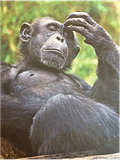


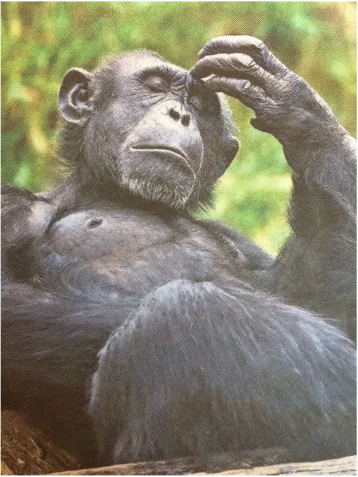
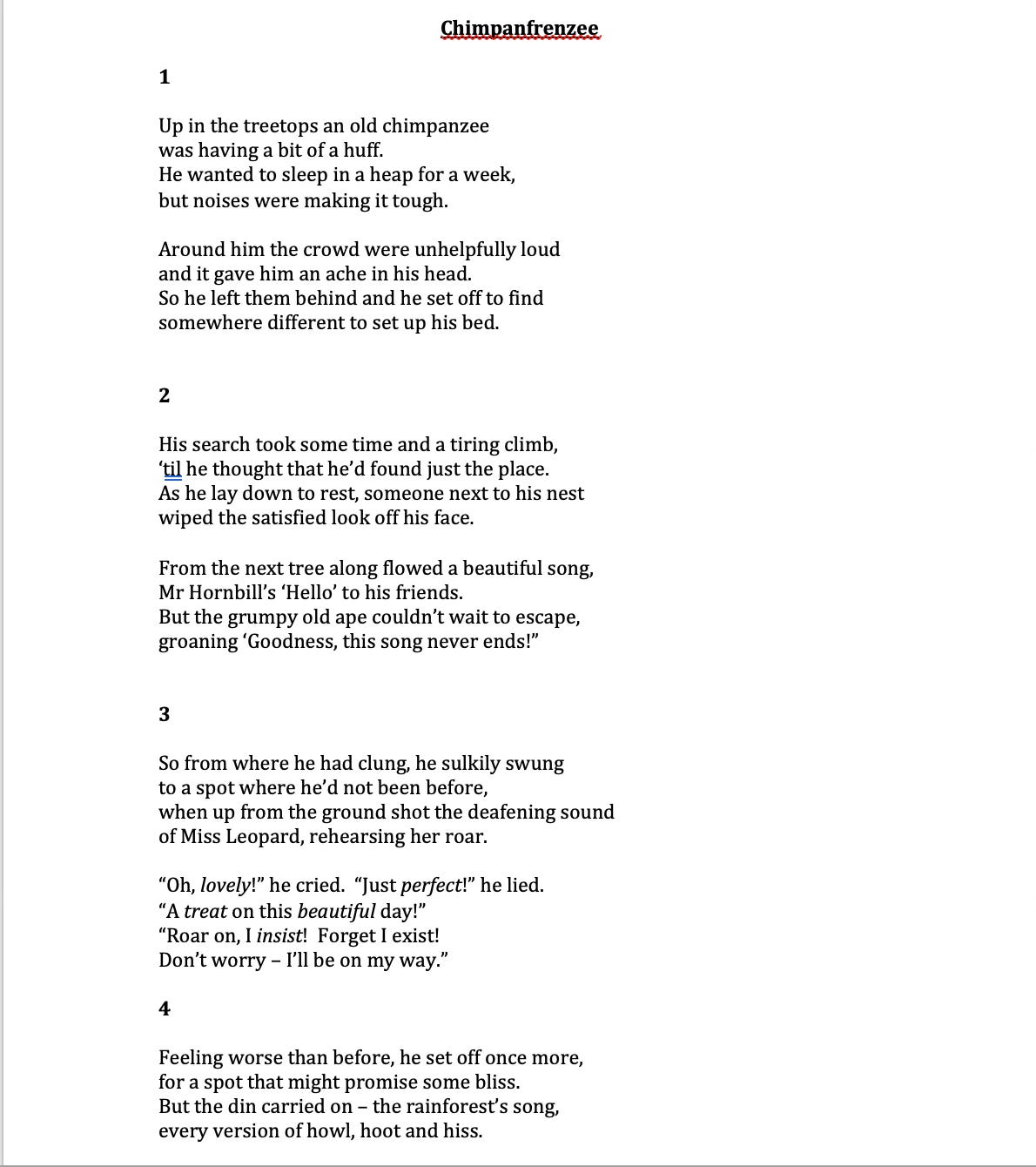
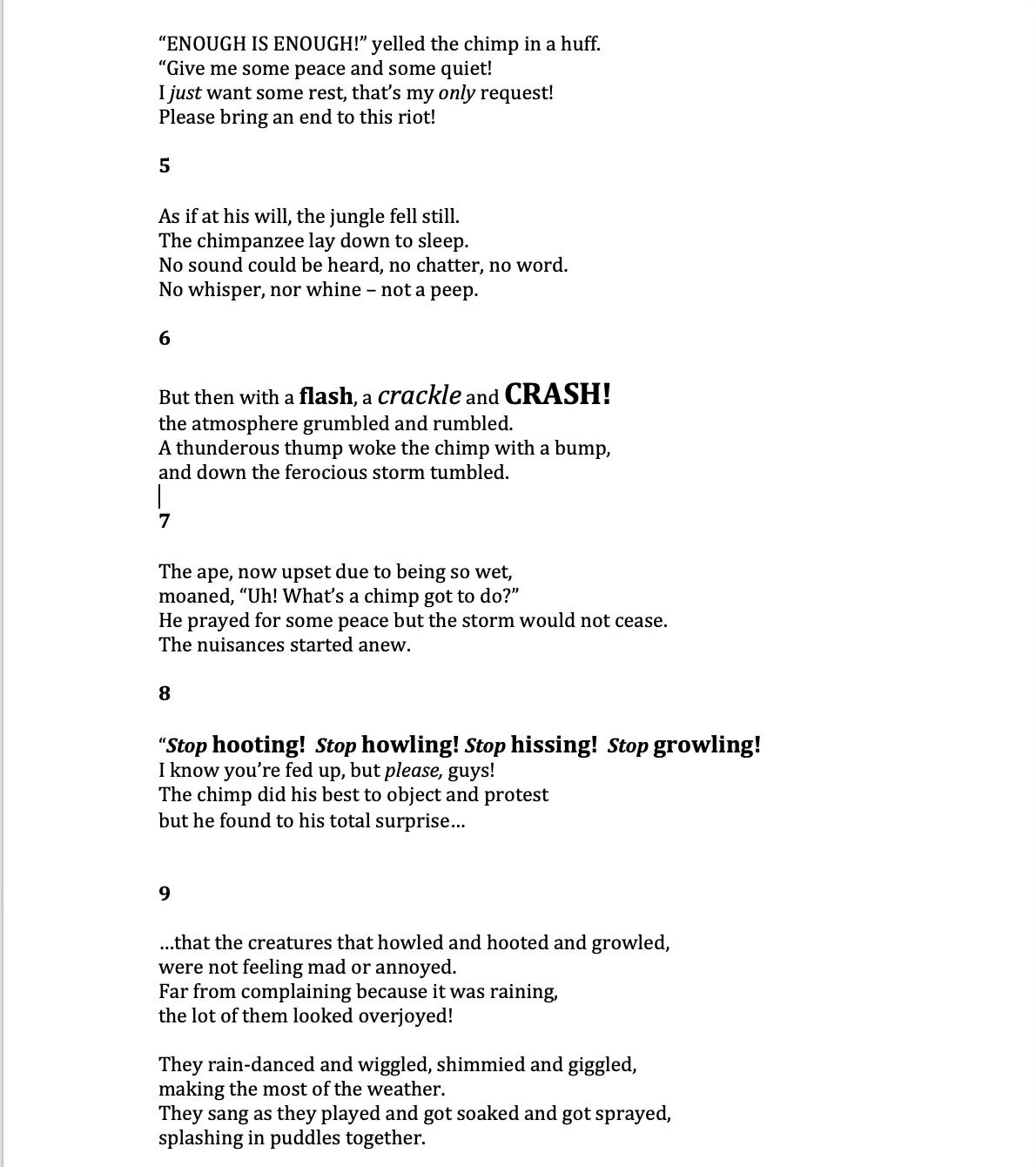
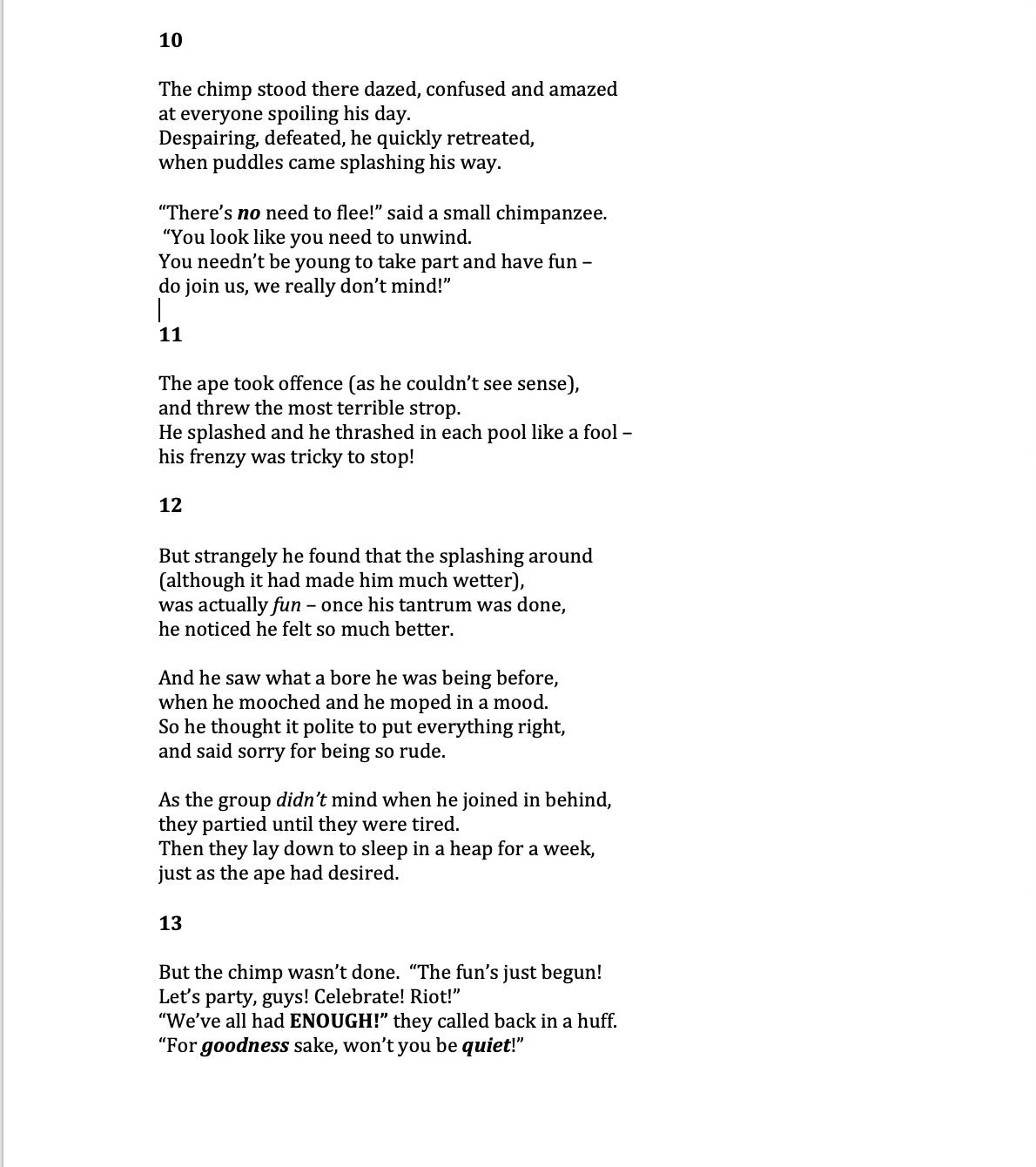
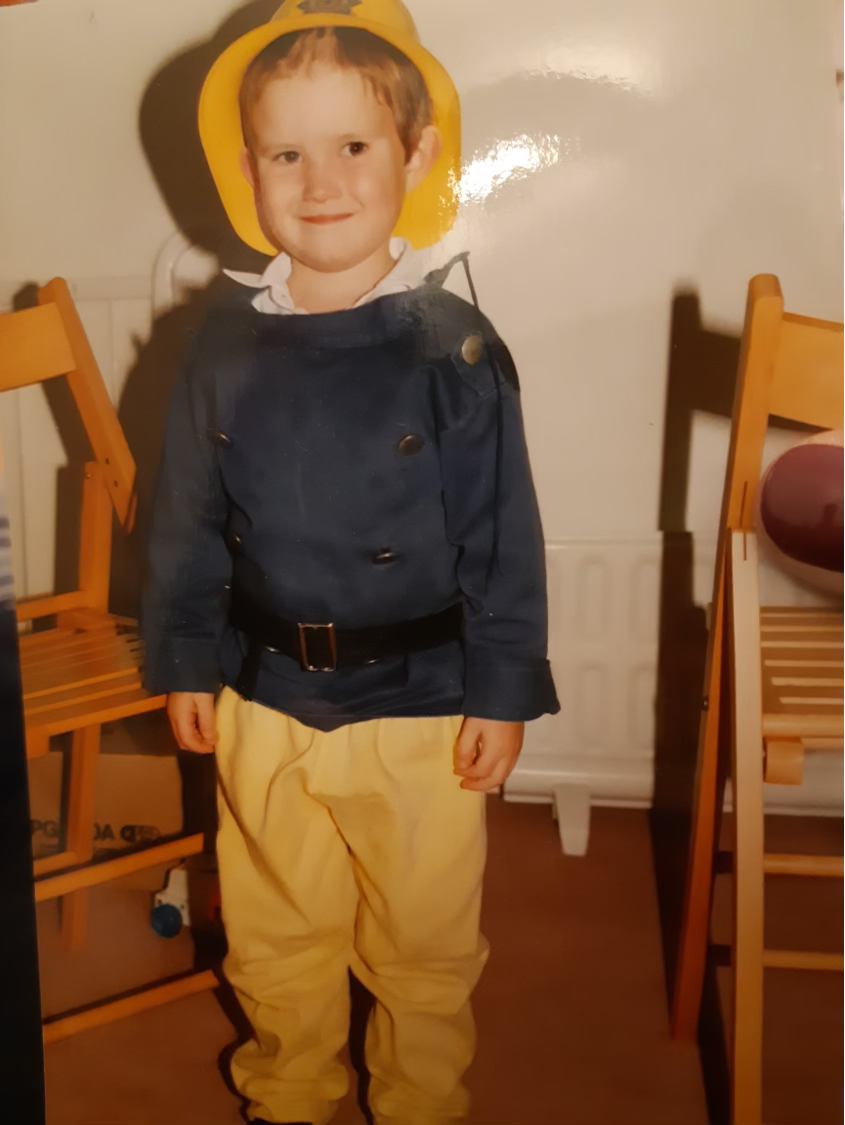

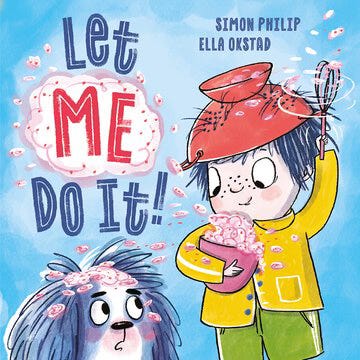
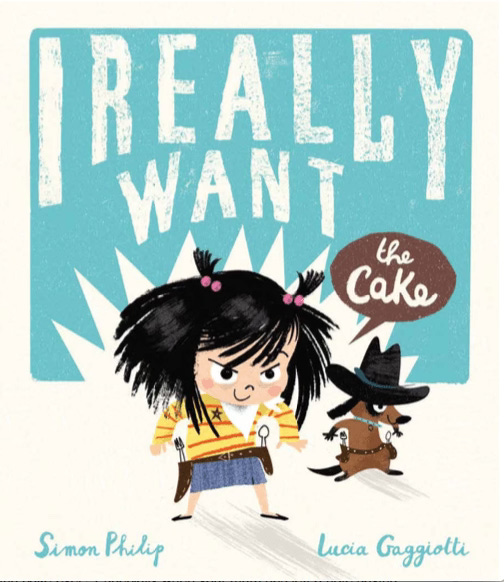
Thanks for this, I really enjoyed reading it. The haircut piece was particularly funny!
My ideas, much like yours come from all sorts of places. Some on walks and sometimes walking from room to room and I'll rush for my ideas notebook. Childhood (mine and my kids) often sparks a concept and I think that's the best place to mine for gold.
I also had a hairdressing phase - I have half a fringe in my first school photo! It's really interesting to hear how all your ideas come from different places/directions - thanks for sharing. I've always tried not to read too many picture books in case I get over influenced by them but I think I've been a bit stupid!